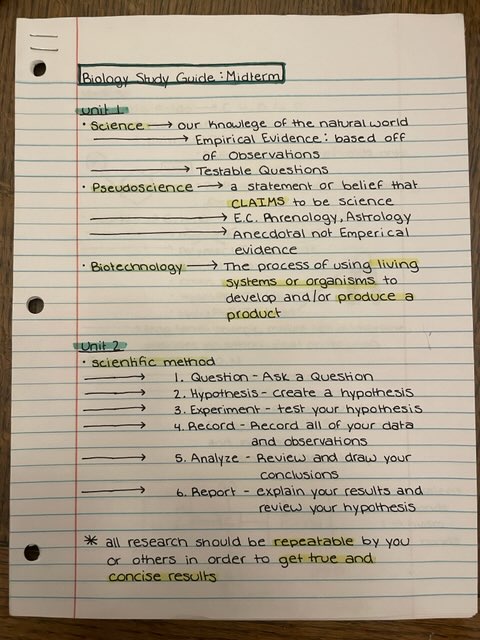Everyone knows that there is intense pressure to get good grades, but what do they really mean? Sure, grades may be a way to show your knowledge of the material, but there’s more to life than memorizing a book you read in English class. The debate of grades defining you may never end, but hopefully, the pressure among students will. The difference between an 89 and a 90 is so much more than just one percent in our school system. It means more to parents, peers, and most importantly, students themselves. This leads us to the following question: how can we assure St. Petersburg High School students that grades don’t define them when society makes us feel like they do?
The simplest answer is to change our letter grading system. I’m not saying to completely get rid of it, as it is a good way to differentiate grades, but to slightly alter it from what we currently have. In the Pinellas County School System, we have straight letter grades, no A+’s, B-’s, etc. “I don’t love that it’s just the letter grade,” says straight-A International Baccalaureate Freshman Kate Hewett, “because I did get some high grades, so it would’ve been nice for A+’s to reflect them.” On the other hand, “if you added pluses and minuses, it would add stress and anxiety,” says International Baccalaureate Freshman Alexa Decker, “it’s better with just letter grades.” Decker reports that, unlike Hewett, she did not receive straight As in the first semester of high school. She says that Spanish is her most difficult subject. In the second quarter, she
ended with an 89. “I was devastated,” she says, “because I worked so hard to bring it up.”
While straight letter grades don’t allow for as much competition among students, they also don’t show colleges your true scores in subjects. According to our grading system, a 90 is equal to a 100. An 80 is equal to an 89, and so on and so forth. By not having pluses and minuses, colleges will not be able to see how you fall on the ten percent spectrum for the letter grade you received. An example of this is International Baccalaureate Junior Brody Whiteside. He ended with straight As overall in the semester, but he had a couple of Bs on his report card. “As long as I reach my final goal, I’m alright,” he said, “if an 80 in one quarter and a 90 in another quarter averages to an A, that’s all that matters.” Since colleges look at only semester grades, this works out for him, but it doesn’t benefit Decker. She worked so hard to get an A in Spanish, and she fell one percent shy of the goal. However, the grading system doesn’t show that. For all colleges know, she received an 80 in the class, even though she was closer to an A. By introducing the idea of pluses and minuses in the grading system, it accurately represents a student’s grade. It may increase the pressure to receive the highest grade possible, but that will only push students to work to the best of their abilities. There may be an increase in competition among students, but that’s okay. Competition is life, and high school is the perfect time for students to learn that.
In conclusion, we need to differentiate grades more than we do now. There will be mixed results, but in the end, it is necessary. If this occurs, it won’t be an easy change. If students really care about their grades, this will push them to work harder than ever. But this is not impossible. At my old school, we had pluses and minuses on our report cards. I was the Salutatorian of my eighth-grade class because I had one A, and the valedictorian had straight A+’s. I wasn’t disappointed in the slightest. It made me realize that while my accomplishments weren’t ‘the best’, they were still remarkable and recognizable. Your grades shouldn’t disappoint you, either. After all, trying your best is the most important thing, no matter the grade.













